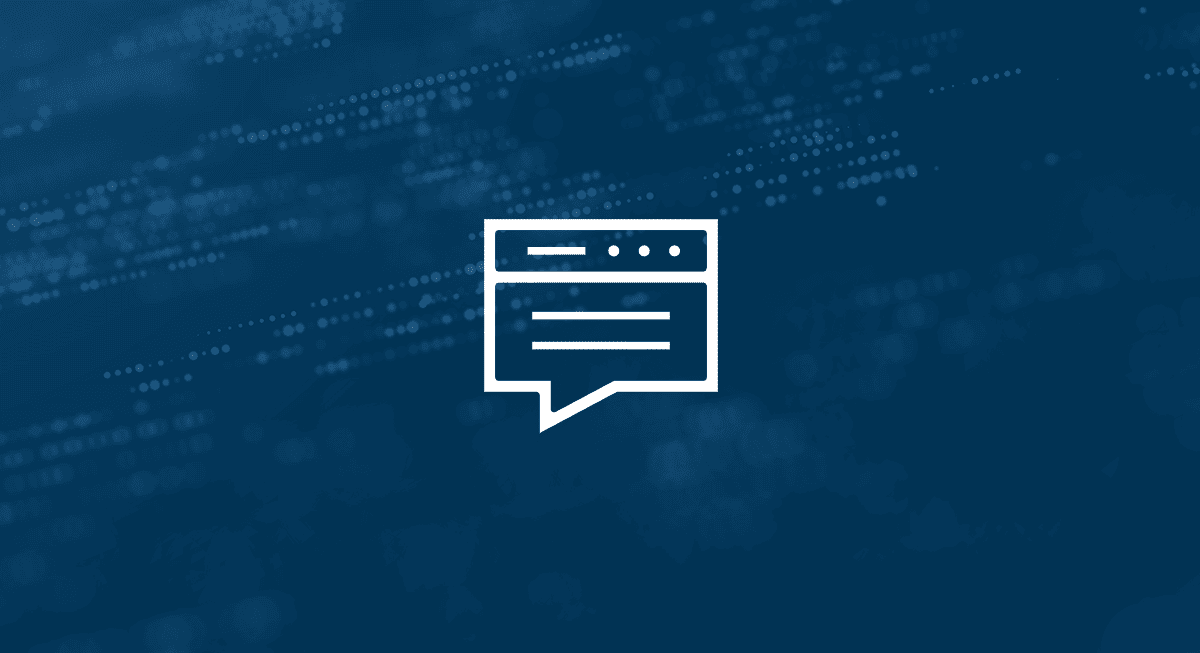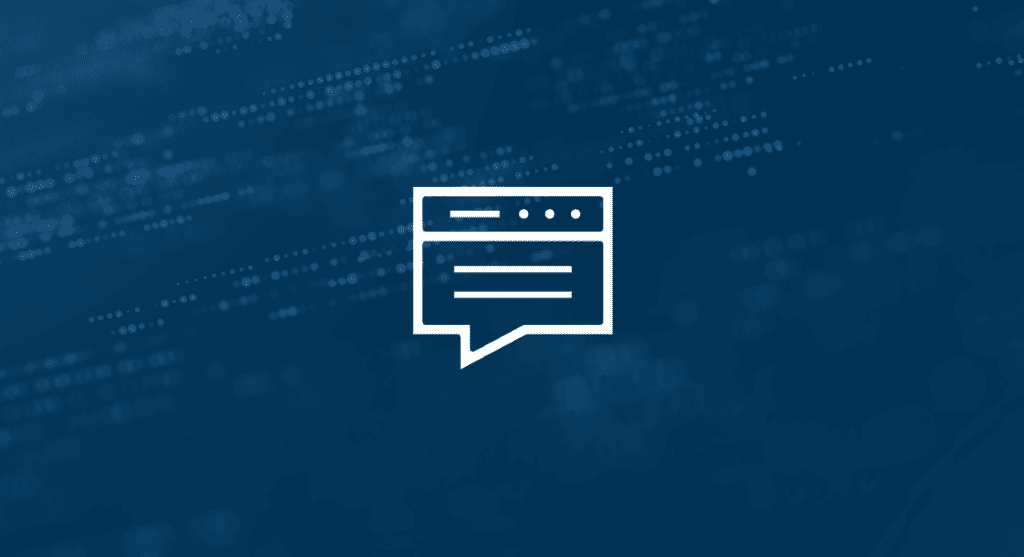What does cyber extortion mean to you in this fast-paced digital age? With the evolving tactics of cybercriminals, understanding the nature of these threats becomes essential. Let’s break down the transformation of cyber extortion and how it affects individuals and organizations alike.

This image is property of arcticwolf.com.
Evolution of Cyber Extortion
Cyber extortion has taken on a new dimension in today’s world. Originally characterized by simple ransomware attacks that relied heavily on file encryption, cybercriminals have now developed more complex and sophisticated methods. These newer tactics involve the exfiltration of data, putting pressure on victims in ways we haven’t seen before.
As technology has advanced, so has the cunning of cybercriminals. They continually adapt to circumvent cybersecurity measures, making it imperative for you to stay informed about the emerging trends in cyber extortion. Whether you’re a business owner, an IT professional, or just an individual who uses the internet, these developments matter.
Rise of Double and Triple Extortion
One of the most alarming trends is the rise of double extortion. In the past, ransomware would involve encrypting files to render them inaccessible until a ransom was paid. Now, many attackers steal sensitive data before they even go for the encryption. This extra step adds urgency and increases pressure on you—the victim—forcing you to make quick decisions that could have lasting implications.
But it doesn’t stop there. Enter triple extortion. This new tactic not only targets the organization but also individuals connected to it, such as employees, customers, or partners. By threatening to release sensitive information regarding these individuals, attackers amplify the pressure and make it even harder to resist their demands.
Real-World Example
Imagine a healthcare organization that suffers a data breach. The attackers steal patient records and encrypt the organization’s files, but they don’t stop there. They reach out to the doctor involved, threatening to release sensitive patient information if he doesn’t comply with their ransom demands. Suddenly, the doctor’s reputation, along with the hospital’s credibility, is at stake, leaving both under immense pressure.

This image is property of arcticwolf.com.
Quadruple Extortion Tactics
Just when you think the tactics have reached their limit, cybercriminals introduce quadruple extortion methods. Attackers now use a combination of several approaches to maximize their intimidation and leverage over victims. Common additional tactics include Distributed Denial of Service (DDoS) attacks, which flood a network with traffic, rendering it inoperative. They may also engage in public shaming, leaking sensitive information online to further threaten the victim’s reputation.
This escalation means that the stakes have never been higher for organizations. Not only do you have to deal with the immediate financial implications of a ransomware payment, but you also have to consider the long-term effects on your reputation and trustworthiness.
Tables: Types of Extortion Tactics
| Tactic | Description |
|---|---|
| Ransomware | Encrypts data to make it inaccessible until a payment is made. |
| Double Extortion | Steals data prior to encryption, adding to the pressure. |
| Triple Extortion | Targets individuals related to the victim organization. |
| Quadruple Extortion | Combines tactics like DDoS attacks and public shaming. |
Wide Range of Cyber Extortion Methods
Cyber extortion doesn’t only take the form of ransomware; it encompasses a variety of coercive strategies. You’ll find methods such as sextortion, in which sensitive personal content is used to coerce individuals into compliance. Killware even raises the stakes by threatening physical harm or disruption of vital services.
Whistleblower extortion takes on a different form, where an individual threatens to disclose sensitive information unless they are paid off. You might also encounter deepfake media threats, wherein synthetic media is used to manipulate reality to coerce individuals or organizations.
Understanding the Methods
- Sextortion: Exploiting someone’s intimate content, threatening to share it unless demands are met.
- Killware: Threatening to disrupt vital systems, potentially endangering lives.
- Whistleblower Extortion: Targeting individuals who possess sensitive company information for personal gain.
- Deepfake Media: Creating false yet convincing media to manipulate situations and extract ransom.

This image is property of arcticwolf.com.
Differentiating Cyber Extortion and Ransomware
While you’re aware that ransomware is a specific type of cyber extortion, it’s crucial to understand that extortion encompasses a wider array of harmful strategies. Ransomware necessitates data encryption, whereas cyber extortion can utilize any means of coercion, whether by threatening exposure, loss, or harm.
Understanding the difference is key in preparing your strategy to defend against these threats. The more educated you are about the diversity of tactics used, the better you can position yourself or your organization to withstand these attacks.
Common Entry Points for Attackers
Cyber extortion often begins at common entry points that you might not even be aware of. Many attacks exploit vulnerabilities in remote services, taking advantage of user error or weak credentials. Here are some of the main ways attackers gain access:
- Phishing Attacks: Tricking users into providing sensitive information.
- Weak Passwords: Many users still opt for easily guessable passwords, which can lead to breaches.
- Unpatched Software: Failing to keep systems updated leaves them vulnerable to known exploits.
- Remote Desktop Protocol (RDP): This service, if unsecured, can be a gateway for attackers.
Entry Point Statistics
| Entry Point | Percentage of Attacks |
|---|---|
| Phishing | 30% |
| Weak Passwords | 25% |
| Unpatched Software | 20% |
| Remote Desktop Protocol | 15% |
| Other | 10% |

This image is property of arcticwolf.com.
Industries at High Risk
Particular industries face heightened risks when it comes to cyber extortion. The healthcare and education sectors are particularly vulnerable. You’re looking at healthcare organizations that hold sensitive patient data, making them treasure troves for cybercriminals. When these systems are compromised, the consequences can be dire—both for individuals and the institutions involved.
Similarly, the education sector, which may have fewer resources to allocate to cybersecurity, finds itself at risk. Ransomware attacks on schools can jeopardize student information and disrupt educational processes.
Understanding the Risks
- Healthcare: Sensitive patient records and life-critical services make healthcare an appealing target.
- Education: Many institutions don’t have the robust security measures that other sectors have, leaving them vulnerable.
Need for Enhanced Cybersecurity Measures
In light of these evolving threats, now is the time to reassess your cybersecurity protocols. Organizations must adopt strategies that account for the sophistication of modern cyber extortion methods. Here are some suggested measures to enhance your safety:
Comprehensive Strategies
- Data Loss Prevention (DLP): Implement systems that monitor and protect sensitive information.
- Dark Web Monitoring: Keep an eye on the dark web for signs of data breaches or compromised information.
- Incident Response Plans: Develop robust well-structured incident response plans to act quickly if a breach occurs.
Action Steps
- Conduct Regular Security Audits: Regularly evaluate your systems for vulnerabilities.
- Employee Training: Ensure your team knows how to identify potential threats.
- Invest in Advanced Security Technologies: Utilize firewalls, intrusion detection systems, and backup solutions.
Why This Matters
Cybersecurity isn’t just a technical problem; it’s a business imperative. Protecting your organization from cyber extortion means preserving your reputation, operational integrity, and customer trust. Don’t wait until it’s too late; implementing effective strategies now can save you from larger issues down the road.

This image is property of arcticwolf.com.
Conclusion
Cyber extortion has evolved substantially in today’s digital environment, transforming the landscape of cyber threats. As you witness the rise of complex tactics like double and triple extortion, it’s crucial to prepare yourself against the multifaceted nature of these attacks. Understanding the wide array of extortion methods and potential entry points empowers you to minimize risks and enhance your cybersecurity posture effectively.
With the right strategies in place, you’ll be better equipped to safeguard your digital assets and navigate the modern complexities of cyber extortion. Taking proactive steps now can ensure that you protect not only your valuable information but also your peace of mind.